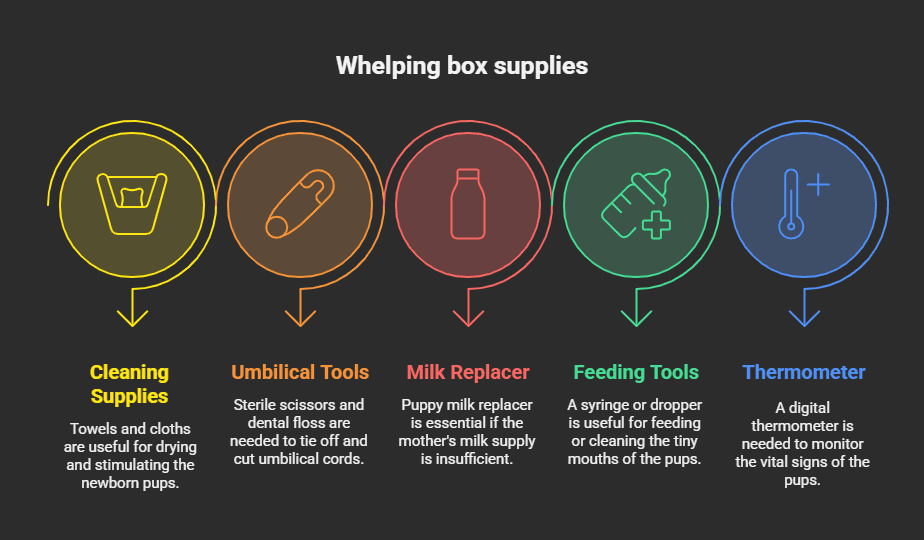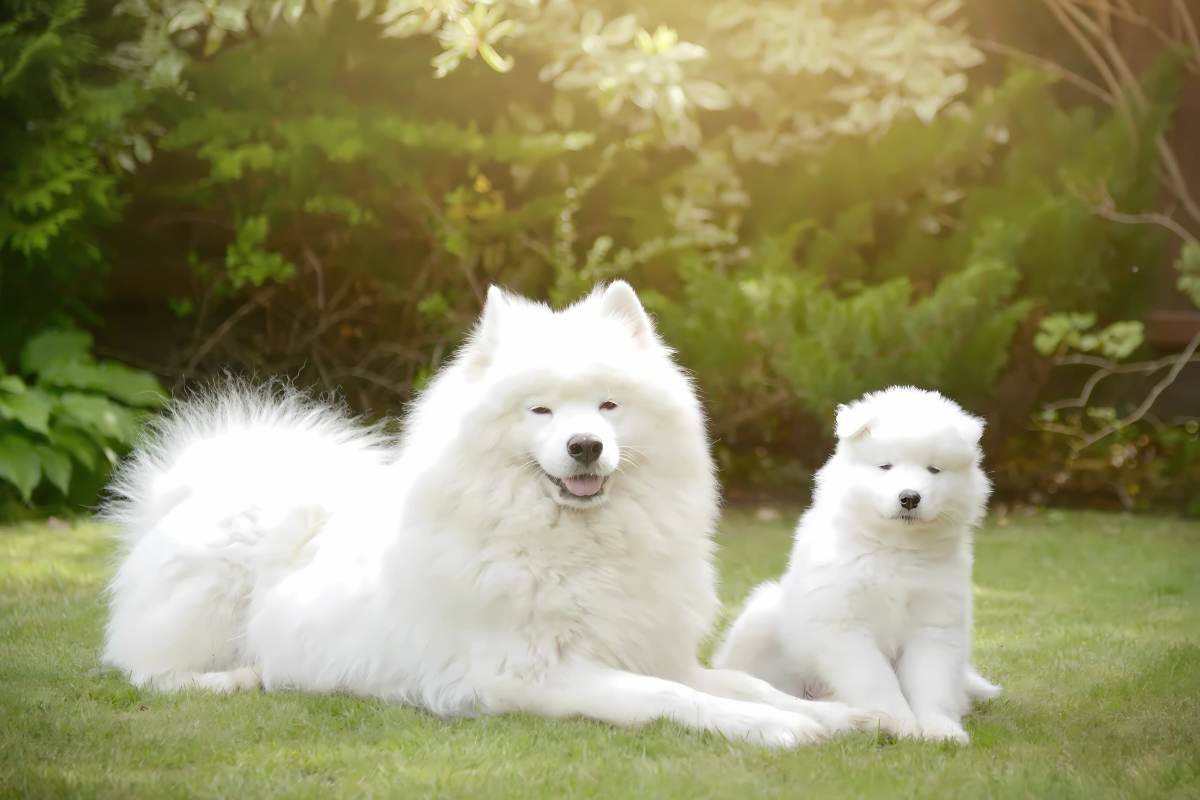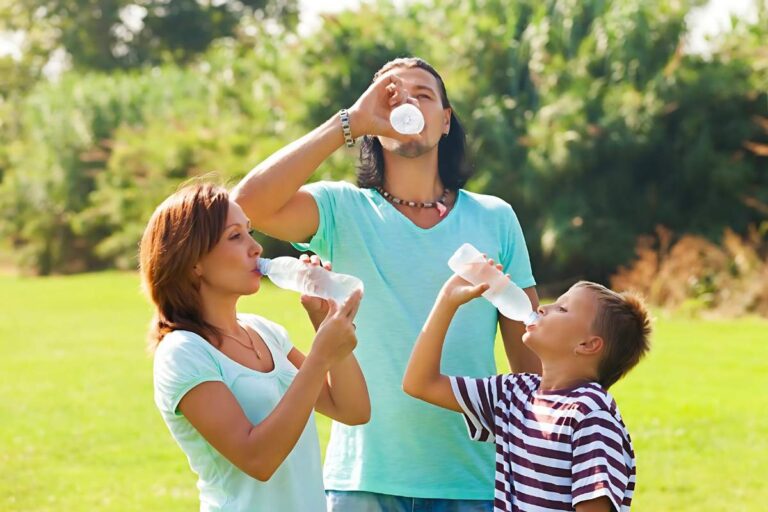Bringing home a litter of tiny, squirming puppies, there’s nothing quite like it. The little snorts, the soft pink paws, that irresistible puppy breath… Honestly, it’s pure magic. But magic alone won’t cut it. You’ve got to roll up your sleeves. Ready? Let’s dive in.
Why Newborn Puppy Care Matters
First off, newborn puppies, fragile as they are adorable, depend entirely on you. No kidding. Without proper warmth, nutrition, and gentle handling, those first days can be perilous. So if you’re on the fence about taking on this responsibility, consider this: you’re not just playing “puppy parent.” You’re a guardian, a nurturer, a midwife of canine life. Sounds a bit dramatic? Maybe. But trust me, it’s also profoundly rewarding.
Preparing for the Arrival
Setting Up the Whelping Area
Believe it or not, the right environment can make or break the whole experience. You’ll need:
- Whelping box: A low-entry barrier, easy for mom to hop in, but snug enough to keep pups contained.
- Bedding: Clean towels or washable pads (avoid anything fluffy that could suffocate tiny noses).
- Heat source: A safe, adjustable heat lamp or heating pad set on low. (Puppies can’t regulate their temperature for the first two weeks.)
Here’s the kicker: set everything up before the mother gives birth. That way, she, or rather, you, won’t be scrambling at the last minute. Pro tip: surround the box with newspaper (“in case of mess,” wink wink).
Stocking Up on Supplies

You know the drill: plan for the unexpected. Get extra:
- Clean towels and cloths: For drying and stimulating pups.
- Sterile scissors and dental floss: To tie off and cut umbilical cords, when needed.
- Puppy milk replacer: In case the mom’s milk is insufficient.
- Syringe or dropper: For feeding or cleaning tiny mouths.
- Digital thermometer: Vital signs are small numbers; accuracy matters.
Educating Yourself
Books are great. YouTube…iffy. Talk to a vet breeder, ideally, someone local. (Advice can vary by breed and climate.) If you haven’t got a mentor lined up, join a reputable breeder’s club online. Don’t just wing it, read, ask questions, and take notes.
The First 24 Hours: A Critical Window
Immediate Post-Birth Checks
Once pups start arriving, one by one, time becomes a blur of fur and mucus. But pause. Breathe. Check each pup:
- Breathing: Is the chest rising? If not, gently clear the airways and rub the chest.
- Nursing reflex: Place a pup near mom’s nipple, does it latch? If not, assist.
- Umbilical cord: It usually falls off, but if still attached, tie with floss ~ inch from body, snip excess.
Newborn pups can’t shiver to get warm, so you step in. Tip: keep the room around 30–32°C (86–90°F) for the first week. Use that thermometer religiously.
Ensuring Adequate Colostrum Intake
Colostrum, that first milk, is liquid gold. Loaded with antibodies. If a pup misses out:
- Higher risk of infection.
- Weaker immunity going forward.
Aim for each pup to nurse within the first two hours. If mom’s overwhelmed (big litter!), supplement with colostrum replacer, but remember: nothing truly replaces the real deal.
Weeks 1–2: Growth and Vigilance
Puppies grow fast. Like, absurdly fast. But that speed comes with pitfalls.
Temperature Regulation
- Days 1–7: Keep ambient at 30–32°C.
- Days 8–14: Gradually lower to 27–29°C.
Monitor pups constantly. They’ll huddle if cold; spread out if too warm. Adjust accordingly.
Feeding Schedule
- Every 2 hours initially, tapering to every 3–4 hours by the end of week two.
- Weigh pups daily; a gain of 5–10% body weight per day is the goal.
If a pup isn’t gaining:
- Check latch: Could be mom’s awkward posture.
- Supplement: Use a warmed milk replacer.
- Consult vet: Underlying issues, like congenital defects, may lurk.
Hygiene and Stimulation
Puppies can’t urinate or defecate on their own for the first couple of weeks. So, gently rub their genital area with a warm, damp cloth after each feed, just like mom would with her tongue. It’s a bit gross. But hey, you signed up for this.
Weeks 3–4: The Transition Phase
Time to introduce the world…slowly.
Weaning Begins
- Day 21: Start offering gruel (puppy kibble soaked in water or milk replacer).
- Day 28: Most pups happily shift to solids, though mom’s milk remains on the menu.
Messy? Absolutely. But also irresistibly cute when they slurp and stumble around.
Early Socialization
Get those tails wagging:
- Handle pups gently, four or five times a day. Builds confidence.
- Introduce new textures: Soft blankets, shallow trays of sand or sawdust.
- Low-volume sounds: Soft radio music, recording of household noises.
Remember: experiences now shape lifelong behavior. So, keep it positive. Puppy barns rock.
Common Challenges & Troubleshooting
Even with the best-laid plans, hiccups happen. Here’s how to tackle them.
Hypothermia
Signs: Cold to the touch, lethargic, weak suckling reflex.
Fix:
- Immediately warm, wrap in a towel.
- Gradual rewarming, not scorching hot!
- Vet check if it doesn’t bounce back quickly.
Dehydration
Signs: Sunken eyes, dry gums, skin tenses when pinched.
Fix:
- Use a dropper with warm milk replacer.
- Encourage nursing.
- Vet if it persists, IV fluids may be necessary.
Diarrhea
“Oh no.” Trail of mess. Could be:
- Too much milk replacer.
- Infection.
- Parasites.
Fix:
- Clean area thoroughly, prevent “fading pup” syndrome.
- Switch to a water-diluted formula temporarily.
- Vet’s exam is essential if blood or tenesmus is present.
Preparing for the Vet
By week 6–8, pups need:
- First vaccinations: Distemper, parvo, etc.
- Deworming schedule: Every 2 weeks initially.
- Health check: Congenital issues, heart murmurs, hernias.
Book appointments in advance. You’ll thank me later.
Nurturing Emotional Well-Being
Okay, science aside, puppies crave love. Here’s how to spoil them (the right way):
- Quiet cuddle time: Five minutes per pup, no distractions.
- Eye contact: Builds trust.
- Soft praise: Not shouting, keep voices gentle.
- Playful interaction: A tiny, soft toy encourages gentle play.
Feel that bond? It’s the best reward ever.
Checklist, Your Step-by-Step Guide
- Pre-birth: Whelping box and supplies set up.
- Birth watch: Monitor each pup, ensure respiration and nursing.
- Day 1–7: Maintain heat, weigh daily, stimulate elimination.
- Day 8–14: Gradually lower temperature, continue nutrition and hygiene.
- Day 21–28: Introduce gruel, start socialization exercises.
- Weeks 6–8: Schedule vaccinations, deworming, and vet check.
- Ongoing: Love, monitor, and adapt to each pup’s personality.
Final Thoughts
Newborn puppy care isn’t for the faint-hearted or the perpetually busy. It demands time, patience, and a willingness to dive headfirst into sleepless nights and messy surprises. But here’s the thing: every tiny snuggle, every satisfied squeak, every wagging tail at weeks’ end, makes it so worth it.
So if you’re ready to embark on this wild, heartwarming journey, I say: Go for it. Prep thoroughly but stay flexible. Learn from each other. And don’t forget to share your stories, because puppy magic is best enjoyed together.
Ready to meet those little furballs? Give it a try!






















